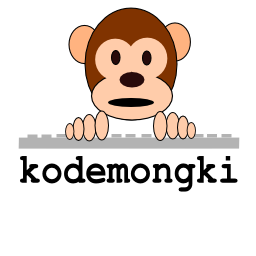 kameraku is a Symbian 3 application which delivers super fast hardware accelerated LIVE camera effects. It allows you to view and to capture unique and fun pictures.
kameraku is a Symbian 3 application which delivers super fast hardware accelerated LIVE camera effects. It allows you to view and to capture unique and fun pictures.Camera effects are generated in real-time using OpenGL ES 2.0 pixel shader which is available in Symbian 3 smart phones e.g. N8, C6-01, C7. It allows you to experience the true power of your Symbian 3 smart phone, thanks to its amazing processing power which allows these effects to be applied to the live camera view running at ~25 fps. Unlike many other apps which apply effects after you took a picture, kameraku gives you a unique WYSIWYG (what you see is what you get) experience. This is a must-have app to show off your powerful Symbian 3 smart phone to those fruit/robot-loving crowds :P
kameraku is fully functional and pre-loaded with seven built-in effects such as th
 ermal imaging, night vision and toon shading. It also has extra feature that allows you to create your own visual effects. Custom effects are written in OpenGL ES 2.0 GLSL language which are stored as regular text files in phone memory and can be loaded or replaced at any time.
ermal imaging, night vision and toon shading. It also has extra feature that allows you to create your own visual effects. Custom effects are written in OpenGL ES 2.0 GLSL language which are stored as regular text files in phone memory and can be loaded or replaced at any time.More than 20 examples of custom shader effects are made available for you to download and can be used as a starting point for writing you
 r own effects (see this blog post).
r own effects (see this blog post).Not only it will allow you to take unique pictures, this application can also be used as a tool for anyone who are interested in learning more about writing OpenGL ES 2.0 shader. With this application and mobilekoder app (see this blog post), your smart phone could become a useful device for writing and testing your shader. You can do it wherever and whenever you want as you can always carry it around in your pocket.
Tips: Please note that camera shutter key does not work with this application (see Nokia platform limitation). Pressing camera key will launch Nokia built-in camera application and may cause camera view to freeze. If that happens, simply exit and restart the application.




















































